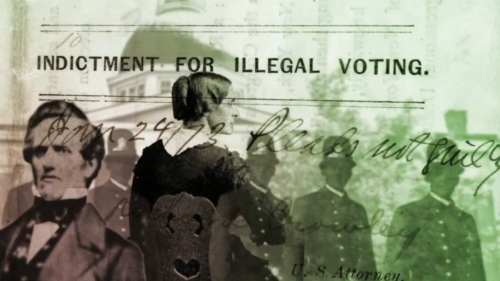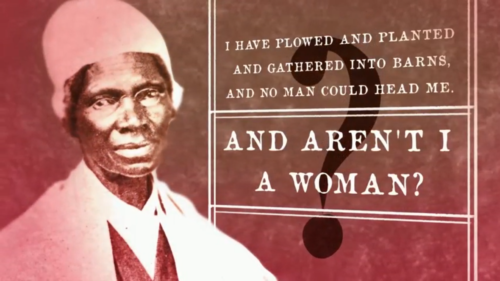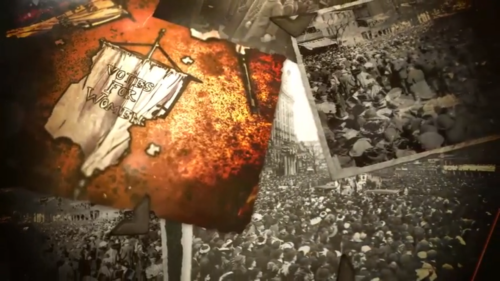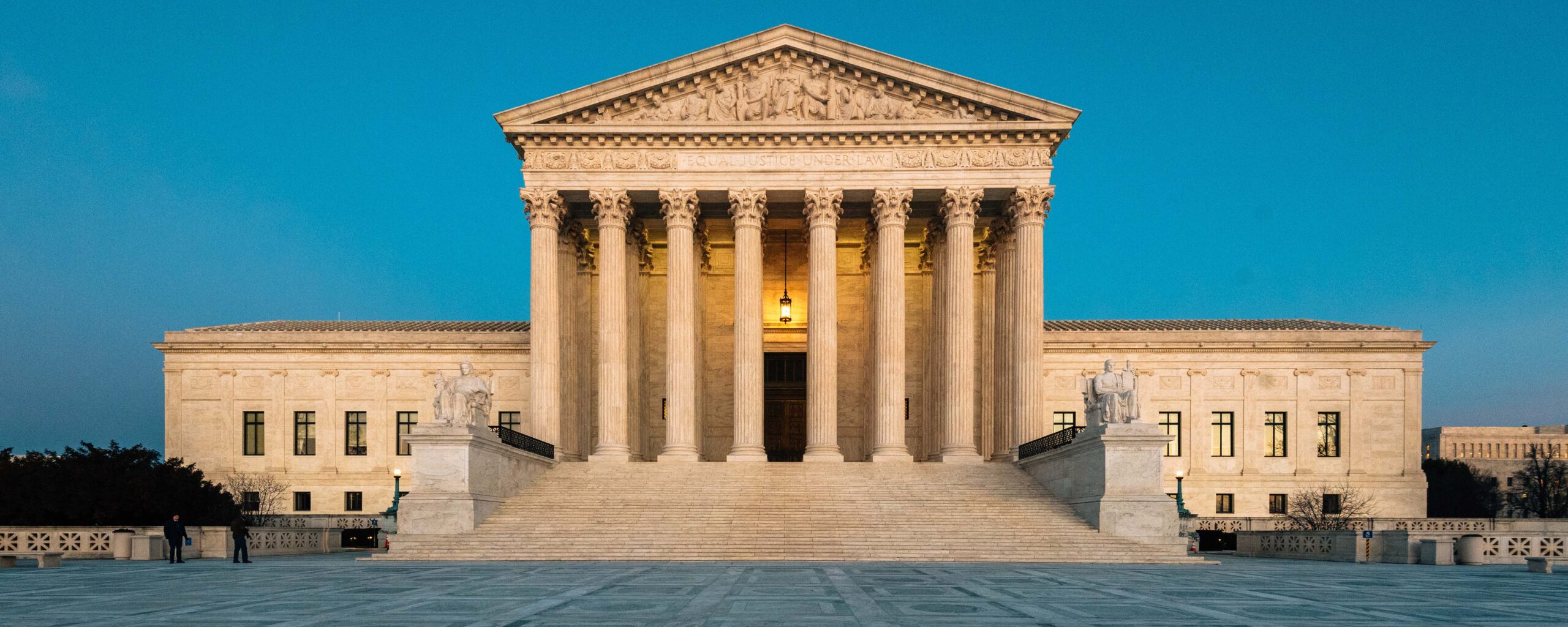Celebrate the 100th anniversary* of the 19th Amendment this month by learning how it came to pass from Annenberg Classroom’s award-winning video “The 19th Amendment: A Woman’s Right to Vote,” about women’s long struggle to secure the right to vote.
Featuring Supreme Court Justices Ruth Bader Ginsburg and Anthony Kennedy and other legal scholars, the film traces the fight for equal rights. It begins with the emergence of the suffragist movement from the anti-slavery movement of the 1800s and progresses with the Seneca Falls Convention of 1848, which adopted the “Declaration of Sentiments,” a set of resolutions written by Elizabeth Cady Stanton.
“Voting is the most basic right of a citizen,” Ginsburg says in the film. “The most fundamental right and obligation is to participate in choosing the people who will make the laws of our country.”
Annenberg Classroom’s video about the more than 70-year struggle vividly depicts the roles of key figures such as Sojourner Truth, Susan B. Anthony, Alice Paul and Carrie Chapman Catt. And it recounts the surprising parts played by a once-obscure 24-year-old first-term Tennessee legislator named Harry T. Burn – and by Harry’s mother.
One hundred years ago, on August 18, 1920, Tennessee became the 36th state to ratify the 19th Amendment, which met the constitutional requirement that an amendment be ratified by three-fourths of the states (following approval by Congress). The 19th Amendment became law eight days later, on August 26, a date now recognized nationwide as Women’s Equality Day.
The film also follows key court cases such as Minor v. Happersett (1875), in which the nine justices of the Supreme Court, all men, ruled that the equal protection clause of the newly passed 14th Amendment – “No state shall deny to any person the equal protection of the laws” – did not guarantee women the right to vote.
The 26-minute film, released by Annenberg Classroom, is a project of the Leonore Annenberg Institute for Civics of the Annenberg Public Policy Center of the University of Pennsylvania in partnership with the Annenberg Foundation Trust at Sunnylands. The film is close-captioned and comes with a lesson plan. It is available free for streaming or download here.
Since its release in August 2019, the film has been honored with a Gold Hermes Award from the Association of Marketing and Communications Professionals, a Silver Telly Award (Non-broadcast Education category), and a Clarion Award (Educational, Informational or Training Video Production) from the Association for Women in Communications.
Annenberg Classroom provides resources for middle and high school students, and it features a library of more than 60 videos, including conversations with Supreme Court justices, interactive games, a guide to the Constitution and other resources.
The Civics Renewal Network, a consortium of nonpartisan, nonprofit organizations including the Library of Congress, the National Archives, the Newseum and Annenberg Classroom, offers a curated collection of resources for teaching the 19th Amendment.
*This post, first published in August 2019, has been updated for the 100th anniversary in August 2020.





